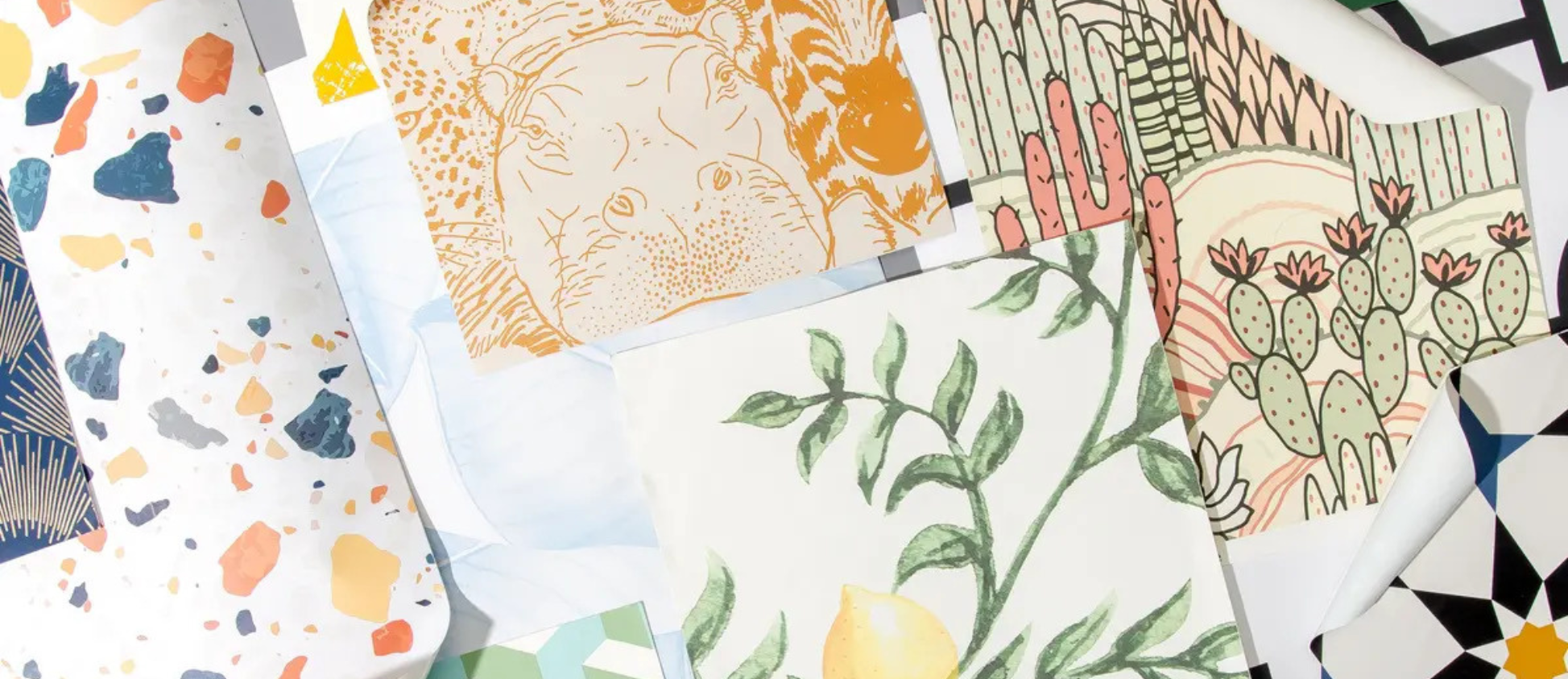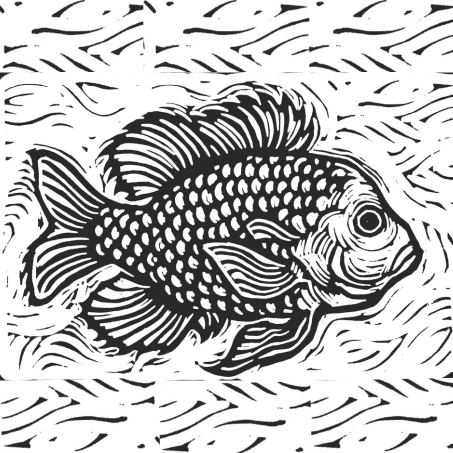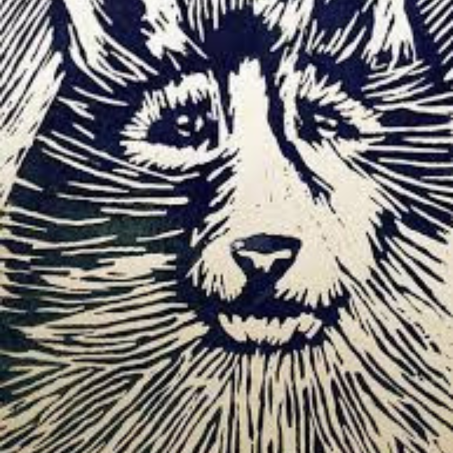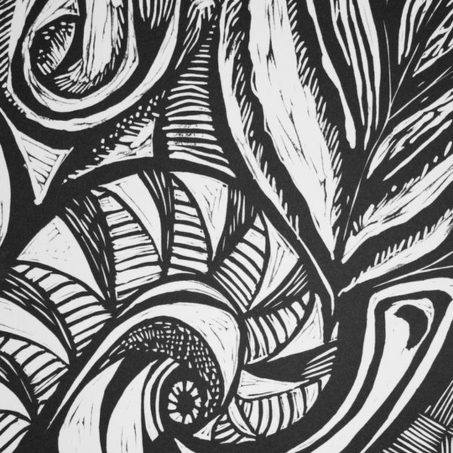Print making

Printmaking is the process of creating artworks by printing, normally on paper, but also on fabric, wood, metal, and other surfaces. "Traditional printmaking" normally covers only the process of creating prints using a hand processed technique, rather than a photographic reproduction of a visual artwork which would be printed using an electronic machine (a printer); however, there is some cross-over between traditional and digital printmaking, including risograph. Prints are created by transferring ink from a matrix to a sheet of paper or other material, by a variety of techniques. Common types of matrices include: metal plates for engraving, etching and related intaglio printing techniques; stone, aluminum, or polymer for lithography; blocks of wood for woodcuts and wood engravings; and linoleum for linocuts. Screens made of silk or synthetic fabrics are used for the screen printing process.
Cape Fear Tatto is a pioneer in the world of art prints. Our offerings aren't restricted to an eclectic collection of original art prints online, but we provide them at the most affordable rates. We enjoy spoiling our customers for choices and offer a wide variety of prints across numerous genres which includes, but is not limited to, abstract prints, modern prints, landscape prints and canvas prints. We realise that every customer is different and so is their preference. That is why we have something for everyone. One can find a wide array of art prints online on our website. Right from an elaborate collection of folk art prints to a massive assortment of the latest contemporary prints, we are a treasure house for amazing prints that suit everyone's liking and taste.
Printmaking techniques are generally divided into Relief, Intaglio, Planographic, and Stencil. A type of printmaking outside of this group is viscosity printing. Contemporary printmaking may include digital printing, photographic mediums, or a combination of digital, photographic, and traditional processes. Many of these techniques can also be combined, especially within the same family. For example, Rembrandt's prints are usually referred to as "etchings" for convenience, but very often include work in engraving and drypoint as well, and sometimes have no etching at all.
Our Print making Collection

Monoprint

Relief print

Ardingion

Art Focus

Relief print


